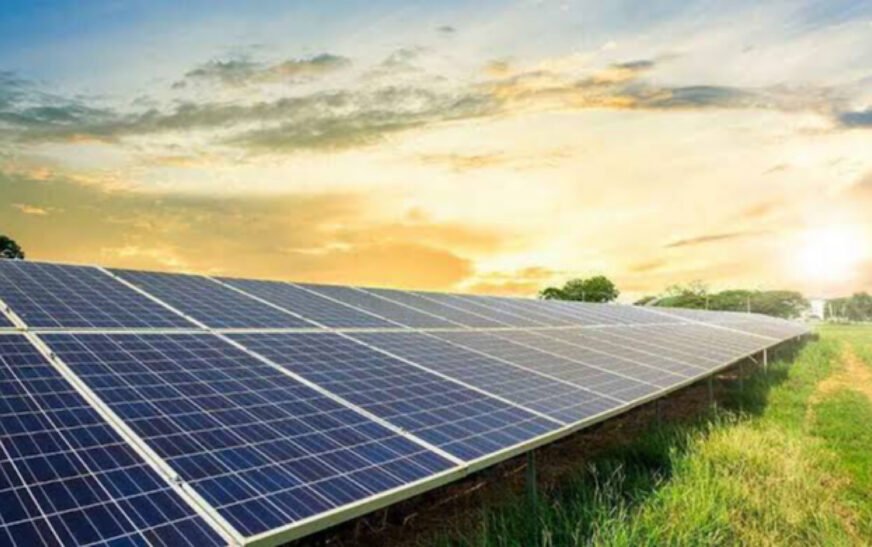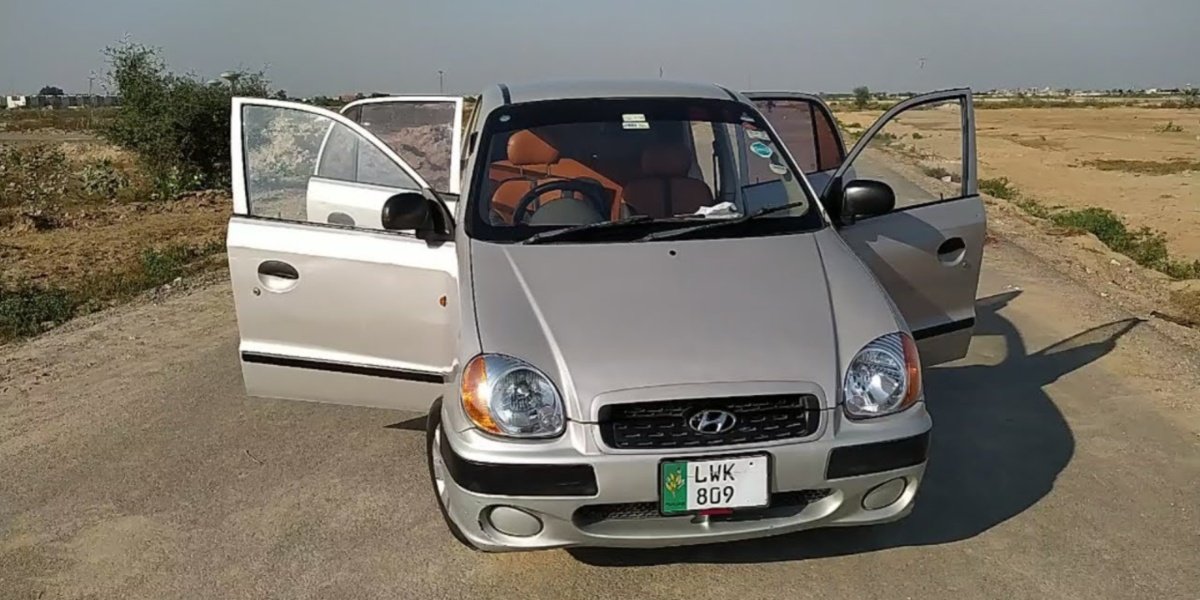The price of solar panels in Pakistan has plummeted to an unprecedented Rs28 per watt, according to Federal Minister for Energy Owais Laghari.
Pakistan imported a staggering 8,000 megawatts (MW) of solar panels, which amounts to approximately 30-35 per cent of the electricity output from China’s Three Gorges Dam, the world’s largest hydropower plant with a capacity of 22,000 MW.
Rising Demand and Market Growth
The surge in demand for solar energy in Pakistan is significantly fueled by this price drop, attracting numerous buyers to exhibitions in Karachi, where affordable renewable energy options are increasingly appealing amid soaring utility bills. While Karachi currently boasts the lowest prices, cities like Lahore are also witnessing a decrease, albeit not as steep.
Local suppliers remain optimistic about further price reductions, enhancing the viability of solar energy for households and businesses alike.
Steps to Transition to Solar Power
For consumers eager to make the switch to solar, experts suggest a structured approach:
- Assess Energy Needs: Analyse monthly electricity consumption and determine peak load requirements, considering future expansion.
- Decide on System Type:
- On-Grid: Connected to the national grid, with no backup.
- Off-Grid: Independent system that requires battery backup.
- Hybrid: A mix of on-grid and off-grid, utilising batteries for backup power.
- Choose System Size:
- Small (1-3 kW): Fits basic household needs.
- Medium (5-10 kW): Suitable for larger homes or small businesses.
- Large (10-20 kW and above): Best for commercial or industrial applications.
- Select Components:
- Solar Panels: Opt for monocrystalline panels for higher efficiency or polycrystalline panels for a more budget-friendly option.
- Inverter: Needed to convert DC power from the solar panels to AC power for use.
- Batteries: Choose between Lead-Acid (cost-effective but shorter lifespan) or Lithium-Ion (higher cost, longer lifespan).
- Charge Controllers: MPPT controllers offer greater efficiency than PWM models.
- Mounting Structures: Select durable and corrosion-resistant materials for installation.
- Check Financial Incentives:
- Net Metering: This allows consumers to sell excess electricity back to the grid.
- Government Incentives: Investigate potential subsidies or tax rebates available for solar energy adoption.
As the trend of affordable solar energy continues to grow in Pakistan, consumers are well-positioned to harness its benefits, not only for their electricity needs but also as a sustainable solution to rising energy costs.















